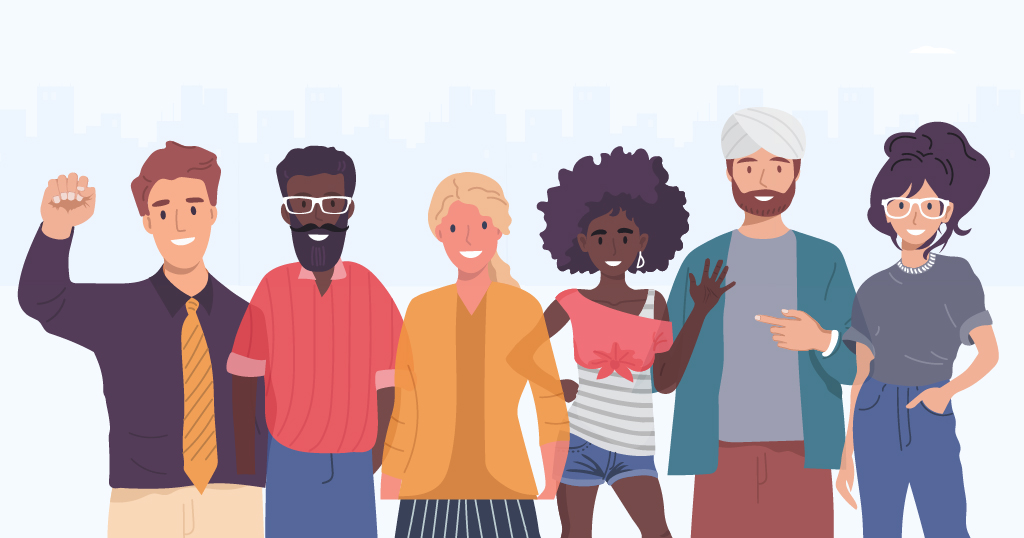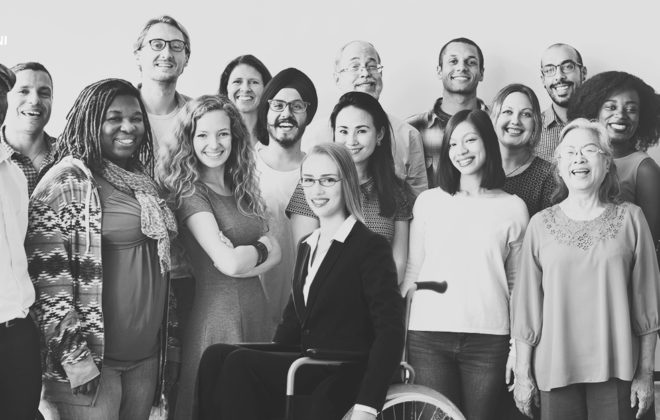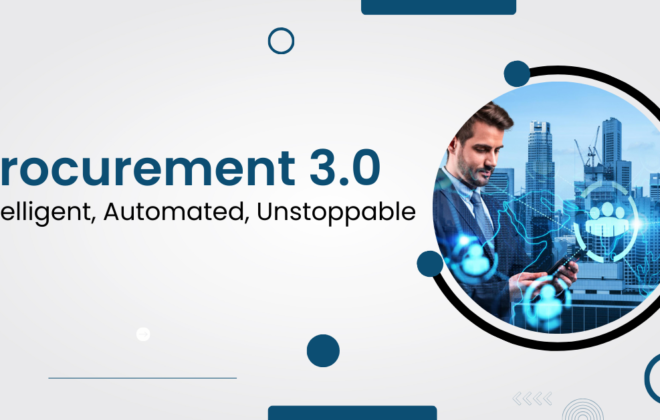Diversity & Inclusion: Expectations vs. Reality
Diversity and Inclusion (DI) in any organization are two elemental pillars of business and trending topics over the past few years. Many Thought leaders and Analysts are trying to predict the trends in Diversity and Inclusion and how these two approaches are critical to succeeding in the post-covid-19 scenario.
What are Diversity and Inclusion in the workplace?
For any organization, diversity in the workplace means employing a diverse team of people reflective of the society in which it belongs and functions. Diversity includes all the elements that make individuals unique from one another. Humans have infinite divergence in humans, but we subconsciously define diversity by a few traits such as gender, race, age, etc.
Numerous organizations are willing to exercise diverse and inclusive workplaces, but creating and maintaining a diverse workforce can be challenging for some businesses. While it’s noticeable that there is much betterment to adding diversity to any workplace, it’s not always easy to reach that goal. Barriers to workforce diversity are alive and well, and the organization’s management needs to know what they’re up against in respective organizations.
Expectation vs. Reality
A report on Diversity & Inclusion Survey by PwC explores what diversity & inclusion programs organizations implemented and their impact. As per this survey, organizations still have enhancements to make in planning and executing D&I programs that meet employees’ and stakeholders’ objectives.
As per this report, only 4% of organizations fulfilled a matrix of successful D&I programming. Regarding the maturity model mentioned in this report, 80% of leadership engagement on D&I remains at the beginning levels. Also report shows that only 25% of organizations have D&I goals for leaders, and only 17% have a C-Suite level diversity role in place, while nearly 31% still have no D&I leader.
![]()
Most workplaces may find difficulties when it comes to helping diverse employees incorporate. Assisting internal employees to feel important is a massive part of helping them in making a smooth transition.
Organizations deal with the issues of Diversity and Inclusion (D&I). Their initiatives touch on the personal experiences of excluded employees. Those who have invariably felt included in the organization may believe that the organization’s culture altogether is already an inclusive one. This feeling will result in not fully understanding why D&I has become such a core focus for many organizations to the already felt included members.
Building a workplace that has a diverse and inclusive environment is the kind and comprehension thing to do. Many successful organizations consider Diversity & Inclusion as a way to achieve an aggressive advantage over the competition. It makes an emotional impression and also, and bringing a varied range of perspectives into an organization would give it a competitive advantage.
Alternatively, simply being a feel-good initiative, Diversity & Inclusions helps attract the top employees, makes sure that all employees are happier and stay for longer, and helps ensure greater engagement.
Eventually, Diversity & Inclusions is all about self-awareness. And sometimes, that can get uncomfortable for employers and employees. There is a usual affection to want to defend or ignore.
Related Posts
Subscribe For Updates
Categories
- Accountant
- AI
- Automation
- Awards and Recognitions
- Blue Collar Staffing
- Burnouts
- Campus Recruiting
- Cloud
- Co-Ops agreements
- Company Culture
- Compliance
- contingent workforce
- Contingent Workforce
- COVID-19
- Cyber Security Staffing
- Data Strategy
- Digital Transformation
- direct sourcing
- Distributed Workforce
- Diversity
- Diversity & Inclusion
- Economy
- Events & Conferences
- fleet industry
- Gig Economy
- Girls in Tech
- Global Talent Research and Staffing
- Government
- Healthcare
- Healthcare Staffing
- Hiring Process
- Hiring Trends
- Home Helathcare
- HR
- HR Practices
- HR Tech
- IT
- Labor Shortages
- Life Science
- Local Governments
- News
- Nursing
- Payroll Staffing
- Public Sectors
- Recruiting
- Remote Work
- Skill Gap
- SMB Hiring
- Snowflake
- Staffing
- Staffing Augmentation
- Staffing Challenges
- Talent ROI
- Tech Staffing
- Technology
- Tips & tricks
- Total Talent Management
- UI/UX Design
- Uncategorized
- Veteran Staffing
- Veterans Hiring
- Veterans Hiring
- Workforce Management
Recent Posts
- Automation in Recruiting: From Chatbots to Predictive Screening
- Gig Economy Expansion: The Impact on Talent Pools and Business Models
- Skills-Based Hiring: Why Credentials Alone Don’t Cut It in 2025
- Procurement 3.0: AI & Intelligent Automation in 2025
- Q3 Is Here: Is Your Contingent Workforce Strategy Falling Behind?
Newsletter
Archive
- September 2025
- August 2025
- June 2025
- April 2025
- March 2025
- December 2024
- November 2024
- October 2024
- September 2024
- August 2024
- July 2024
- June 2024
- May 2024
- April 2024
- March 2024
- February 2024
- January 2024
- December 2023
- November 2023
- October 2023
- September 2023
- August 2023
- July 2023
- June 2023
- May 2023
- April 2023
- March 2023
- February 2023
- December 2022
- November 2022
- October 2022
- September 2022
- August 2022
- July 2022
- June 2022
- November 2021
- October 2021
- September 2021
- August 2021
- July 2021
- June 2021
- May 2021
- April 2021
- March 2021
- February 2021
- January 2021
- December 2020
- November 2020
- October 2020
- September 2020
- August 2020
- July 2020
- June 2020
- May 2020
- April 2020
- March 2020
- February 2020
- January 2020
- December 2019
- November 2019
- October 2019
- September 2019
- August 2019
- July 2019
- June 2019
- May 2019
- January 2019
- December 2018
- November 2018
- October 2018
- September 2018
- August 2018
- July 2018
- June 2018
- May 2018
- April 2018
- March 2018
- February 2018
- January 2018
- December 2017
- November 2017
- October 2017
- September 2017
- August 2017
- July 2017
- June 2017
- May 2017
- November 2016
- October 2016




